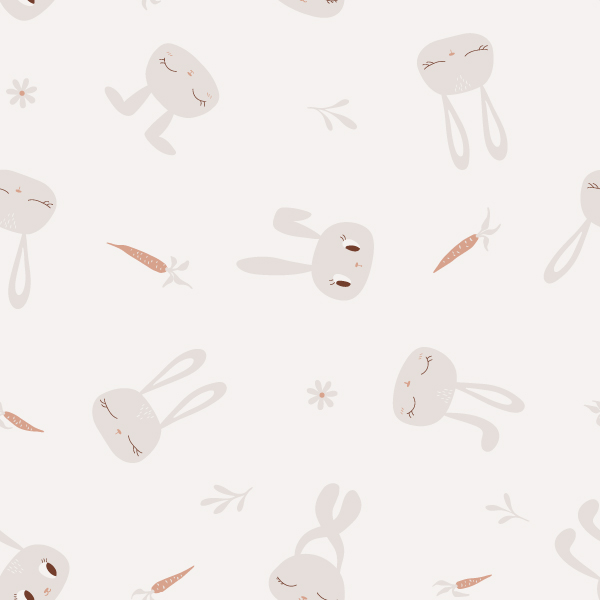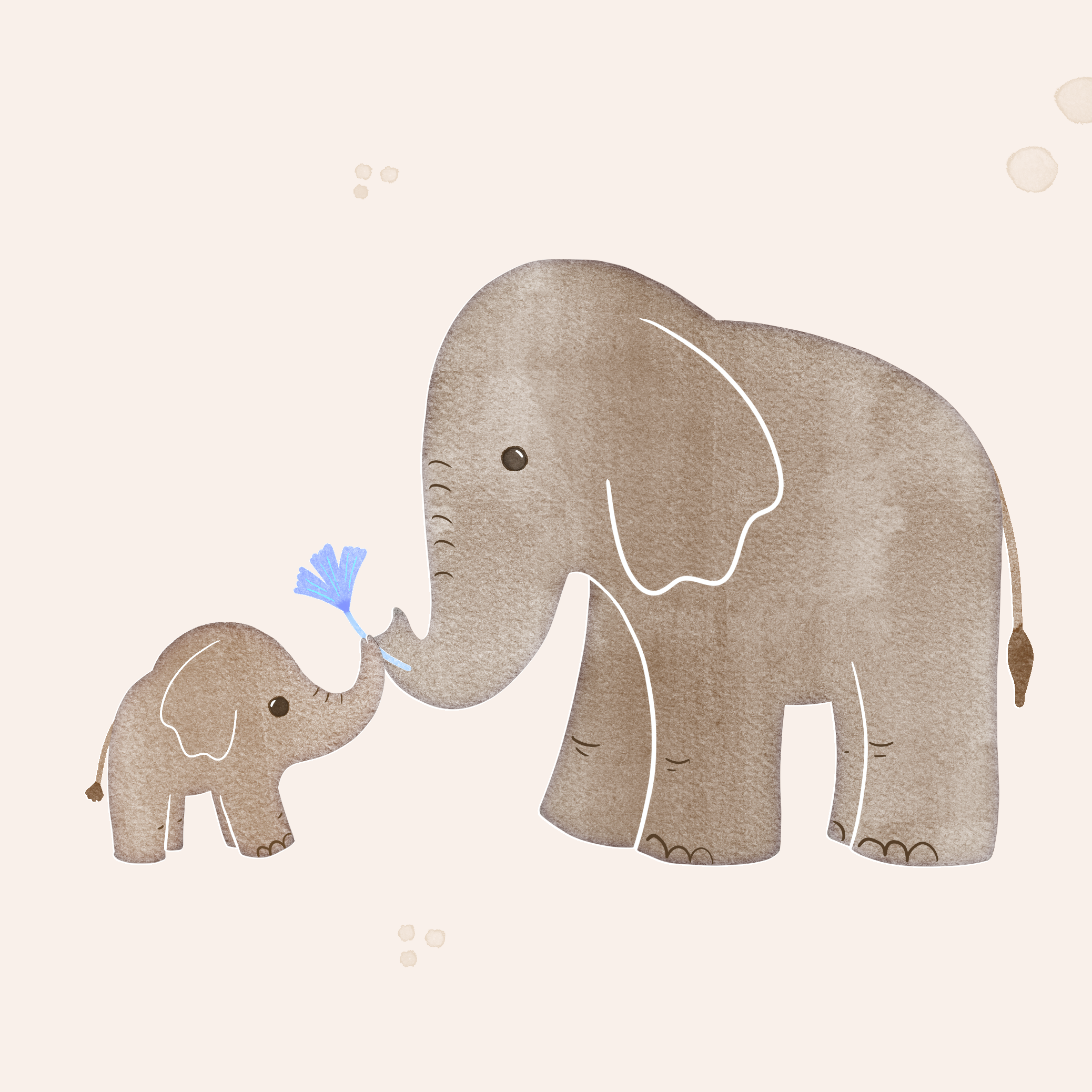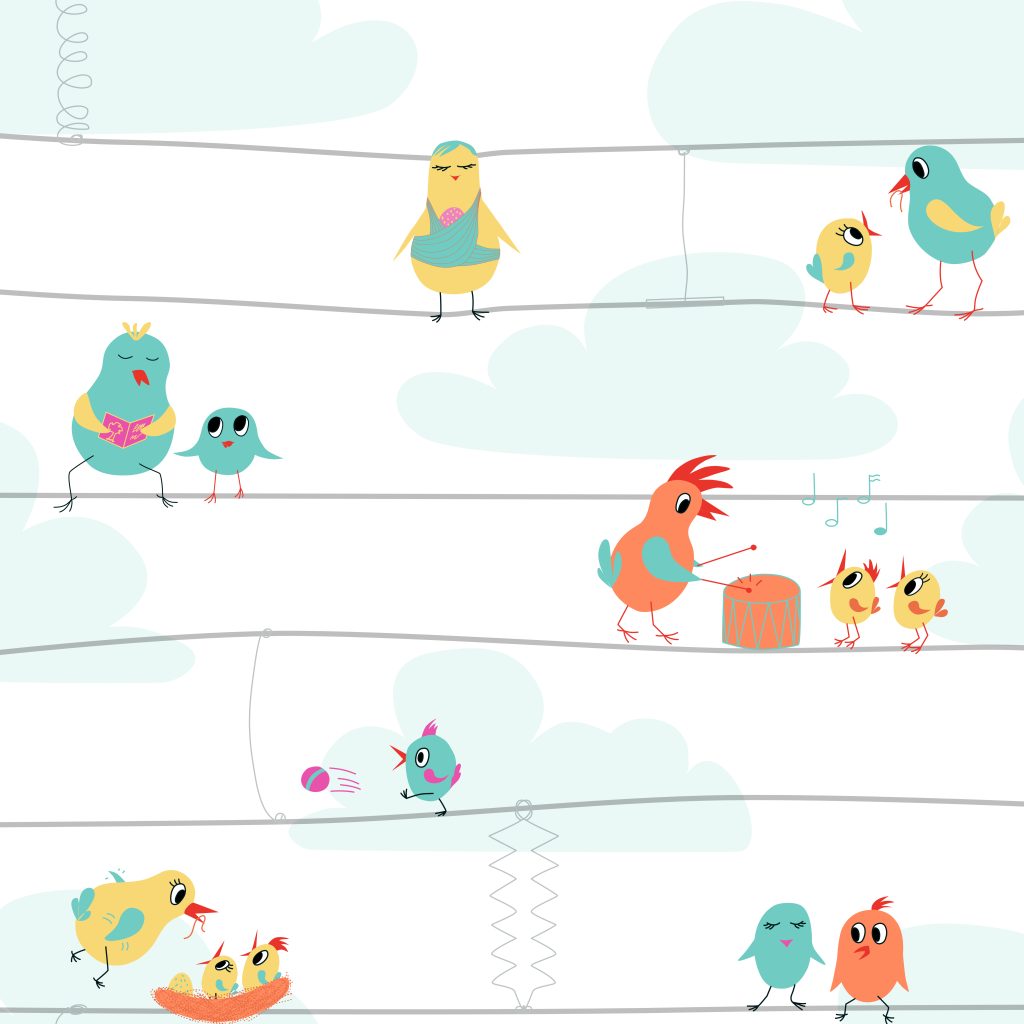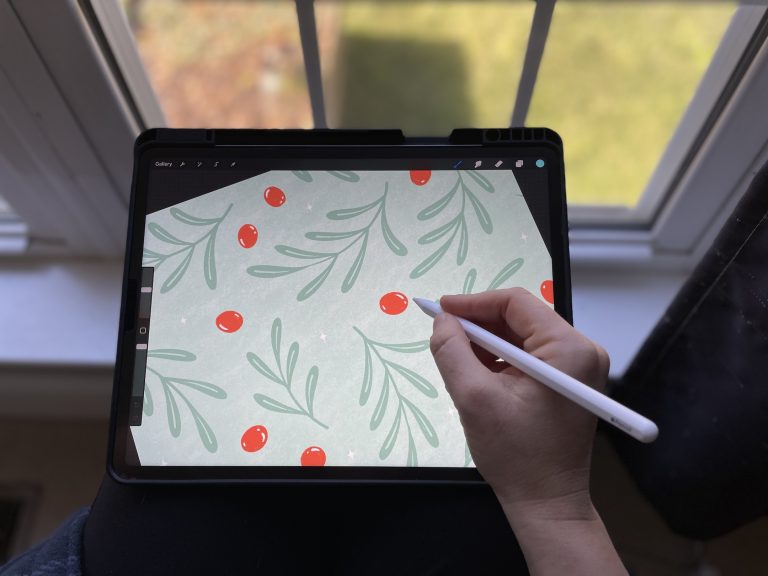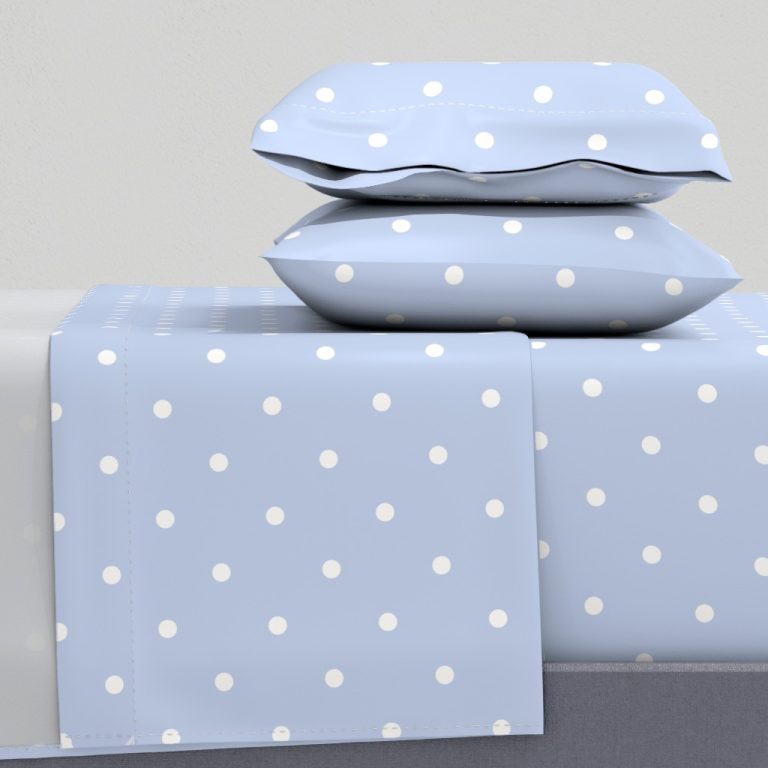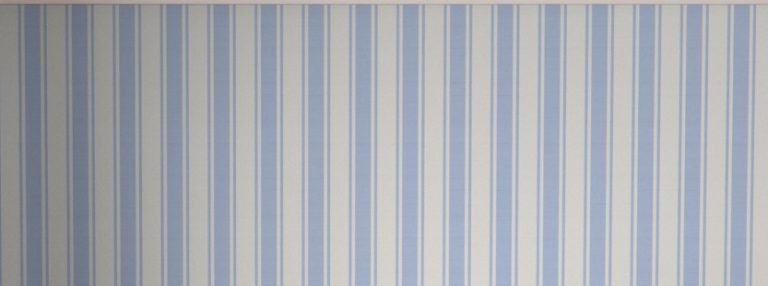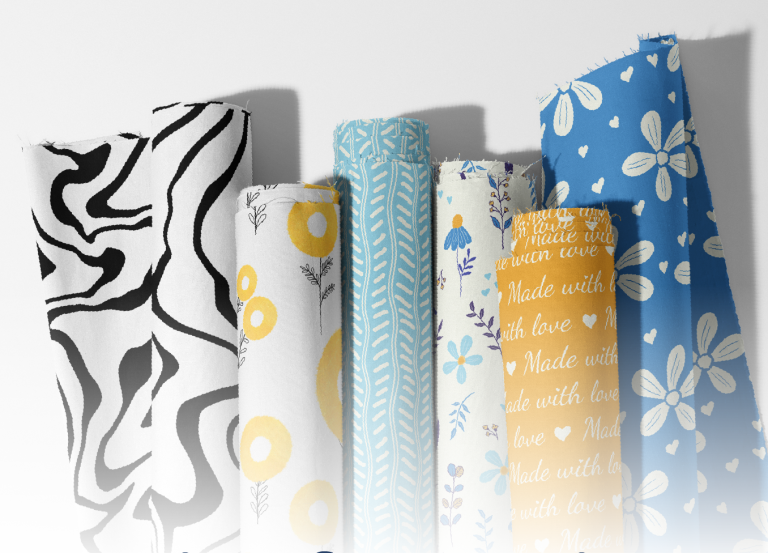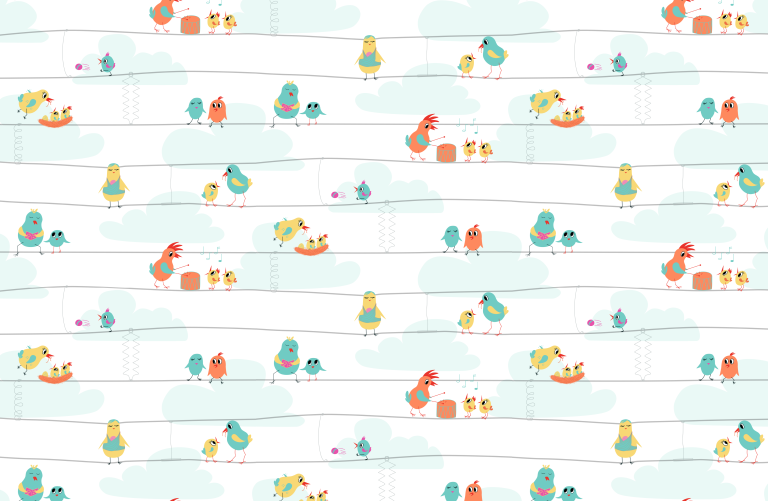What Makes Cute Art? Exploring Shapes, Simplicity, and Style
Cuteness in art has evolved beyond the classic kawaii aesthetic. Kawaii (かわいい) is a Japanese word that translates to “cute” or “adorable.” While kawaii still plays a major role in visual culture, modern “cute” is more diverse. It can be expressed in many ways—through rounded shapes, simplification, and minimal details. But what exactly makes something look like cute art? Let’s break it down.
Shape Theory: Why Round Feels Safe
Have you ever noticed how certain characters feel strong, smart, or friendly just by their shape? This happens because we tend to assume that certain shapes have certain qualities, like sharp pointy rose thorns are dangerous and rainbow soap bubble is fun and not to be afraid of. Those assumptions were used to build the shape theory, a concept used in character design, animation, and branding. Similar to color theory, shape theory explains how different forms create emotional responses and gives us some ideas on how to make cute art.
Why Do We Find Round Shapes Cute?
Humans have a natural association between sharp, angular shapes and danger—think of thorns, knife blades, jagged rocks, or predator teeth. On the other hand, round things make us feel safe and happy—like the sun, planets, baby animals, and soft cushions.
In animation, different shapes help convey character traits:
- Squares feel strong, stable, and reliable.
- Example: Mr. Incredible from The Incredibles has a broad, rectangular build, reinforcing his strength and dependability.
- Triangles suggest sharpness, intelligence, or even danger.
- Example: Syndrome, the villain from The Incredibles, has a sharp, angular design, making him look cunning and unpredictable.
- Circles feel friendly, soft, and safe—sometimes even naive or silly.
- Example: Jack-Jack is the roundest character in The Incredibles. His plump, baby-like proportions make him instantly lovable. His shape contrasts with his unpredictable superpowers, which adds to his charm.
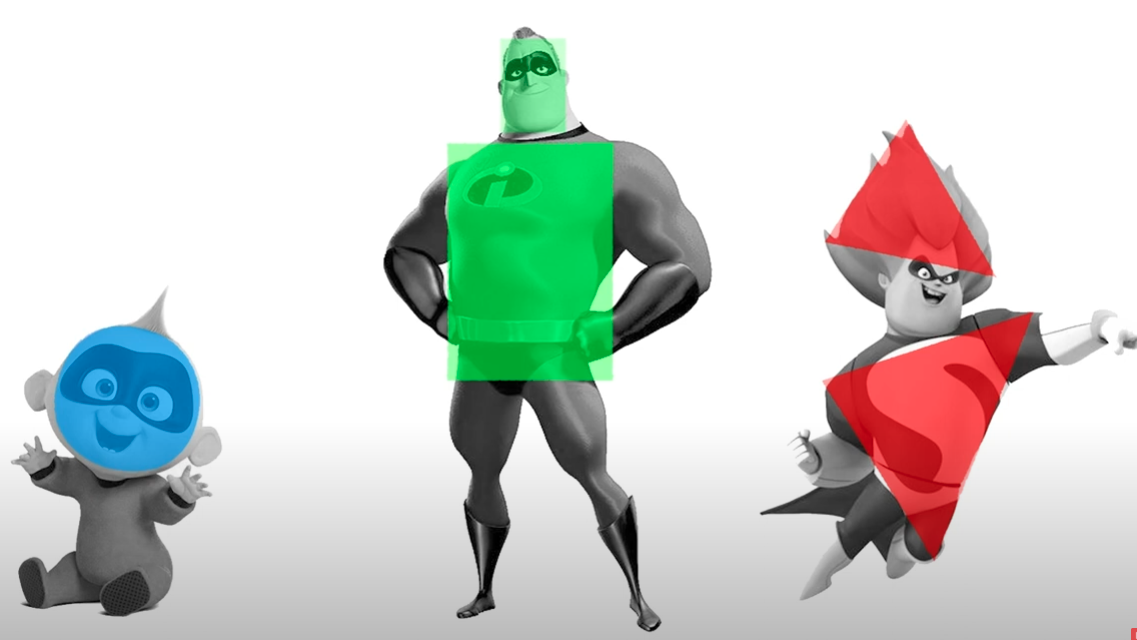
This explains why round characters feel cuter—they have no sharp edges, making them appear non-threatening. Even without facial features, soft, round forms naturally feel approachable.
For a deeper dive into how shapes influence perception in character design, check out this video on The Incredibles’ Shape Theory.
The Magic of Simplification
Cuteness often comes from removing unnecessary details. The simpler a design, the easier it is for the brain to process, making it more visually appealing.
Characters with minimal shading, limited textures, and exaggerated proportions feel cuter because they emphasize their key traits without distractions.
- Example: In Strange World, Splat is a cute, blobby creature with no eyes—yet its bouncy movement and soft, liquid-like shape make it endearing.
- Example: The game Pode features two main characters, a cube and a sphere. Their simple forms, small gestures, and interactions (like holding hands) create emotional depth and charm.
The fewer the details, the more room for imagination—which is often what makes a character feel alive. Think about Pixar Lamp. What is it if not a perfect example of cute art?
Minimal Shading and Soft Lighting
Another key to cuteness is flat or minimal shading. Overly detailed shading adds realism, but cuteness thrives on simplicity.
Using just a few highlights or soft gradients is enough to define a form without making it feel heavy or complex. This technique keeps characters looking soft, smooth, and approachable.
Think of classic cartoon characters, plush toys, or children’s book illustrations—they often rely on gentle lighting and minimal shadows to keep their look friendly.
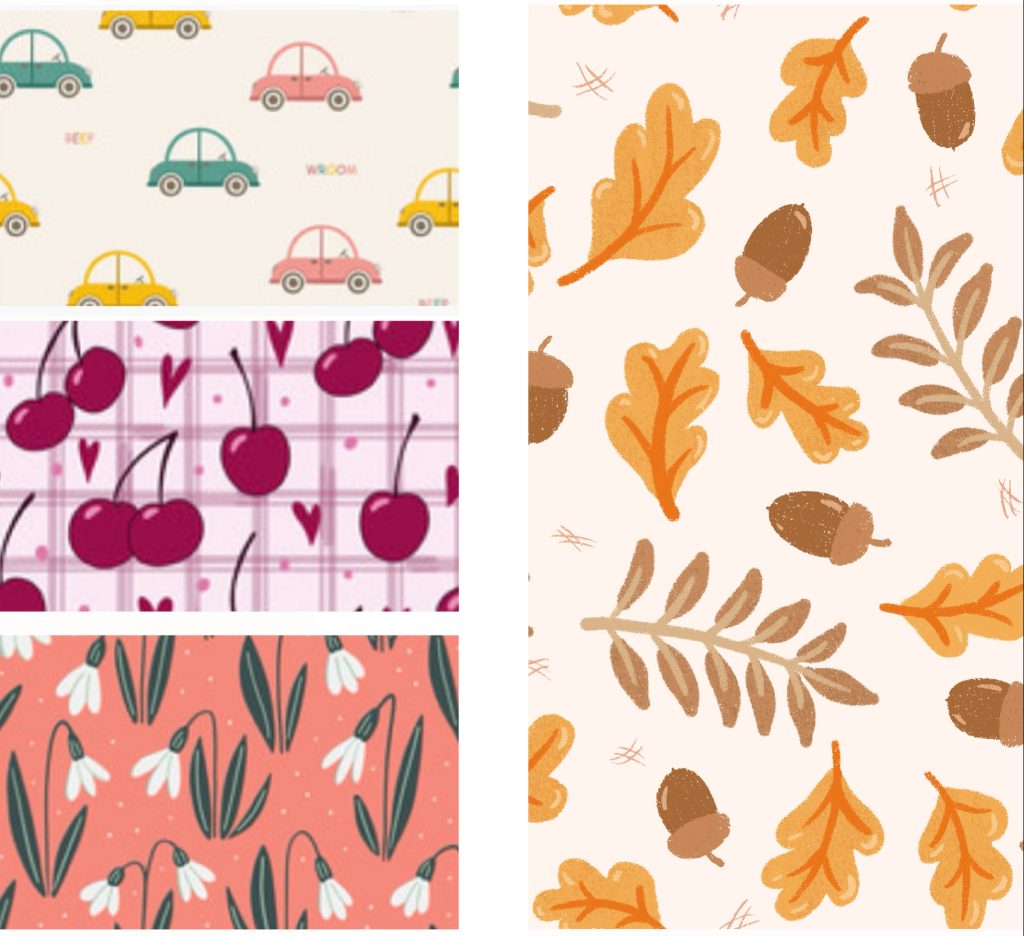
Poses and Motion Matter
Sometimes, cuteness isn’t just about how a character looks—it’s how they move.
- Small bounces, wobbles, and exaggerated gestures can make even a simple shape feel alive.
- Head tilts, blinking, and tiny hand movements help characters feel expressive.
- In games and animation, subtle movements—like a character swaying slightly when idle—can make them feel endearing and engaging.
Tilt-Shift Photography: Making the World Look Tiny and Cute
Tilt-shift photography is another technique that enhances cuteness, even in real-life scenes. It uses a special lens (or digital effect) to blur parts of an image, making full-sized objects look like tiny, toy-like models.
Why does this feel cute? Miniature things naturally trigger our protective instincts, similar to how baby animals do. When a city skyline, train, or street looks like a tiny model, our brains process it as harmless and playful—just like how small, round cartoon characters feel safe and inviting.
This effect is commonly used in cityscape photography, stop-motion animation, and even video games to create a whimsical, playful atmosphere. It’s another example of how size perception and simplification make things feel cuter.

Conclusion: Cute Art is More Than Just Kawaii
Cute art is more than big eyes and pastel colors. Whether it’s a faceless blob (Splat), geometric buddies (Pode), or soft-shaded characters, cuteness is about feeling approachable and warm. By understanding shape theory, simplification, and movement, artists can create adorable designs that connect with audiences in fresh and modern ways.
What do you consider cute?
Tell me what you think or ask any questions!
Find this information interesting? Subscribe to my newsletter to get more!
